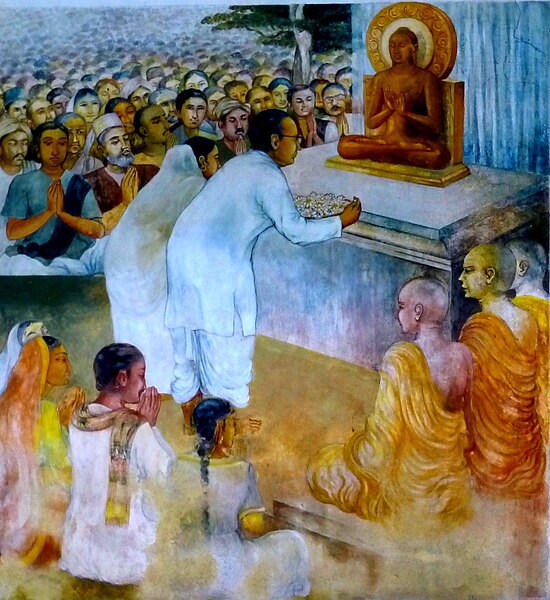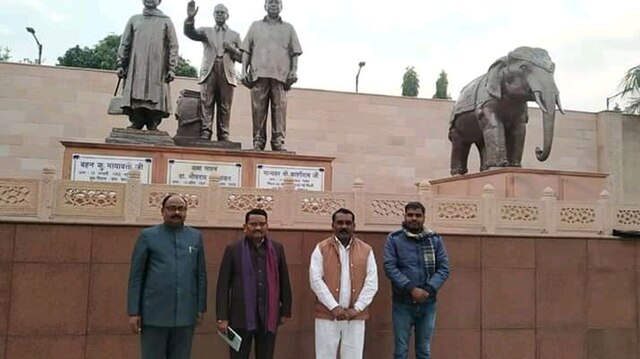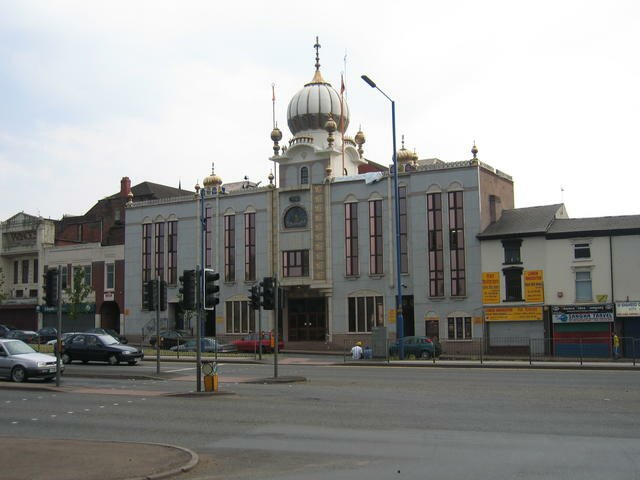The Dalit Buddhist movement is a religious as well as a socio-political movement among Dalits in India which was started by B. R. Ambedkar. It re-interpreted Buddhism and created a new school of Buddhism called Navayana. The movement has sought to be a socially and politically engaged form of Buddhism.
The Buddhist Movement for Dalits was begun by Ambedkar when he converted with his followers in 1956 in Deekshabhoomi, Nagpur
Ambedkar delivering speech during conversion, Nagpur, 14 October 1956
Inscription of 22 vows at Deekshabhoomi, Nagpur
Statue of B.R.Ambedkar inside Ambedkar Park, Lucknow
Dalit, also some of them previously known as untouchables, is the lowest stratum of the castes in the Indian subcontinent. Dalits were excluded from the fourfold varna of the caste hierarchy and were seen as forming a fifth varna, also known by the name of Panchama. Several scholars have drawn parallels between Dalits and the Burakumin of Japan, the Baekjeong of Korea and the peasant class of the medieval European feudal system.
A group of Dalit women in 2021
A school of untouchables near Bangalore, by Lady Ottoline Morrell
Dalit leaders at Bahujan Samaj Party head office
A Sikh gurdwara in Smethwick. The majority of gurdwaras in Britain are caste-based and one can indirectly inquire about a person's caste based upon which gurdwara the person attends.








